A surefire way to get some odd looks from your friends is to tell them you’re heading to a Disney resort to learn about authentic Hawaiian culture.
But at Aulani, Disney’s resort on Oahu’s western shore, between breakfast with Minnie Mouse, Instagram-worthy shave ice topped with Mickey ears, and selfies with Moana, guests will find themselves immersed in unexpected details that paint a picture of what it means to be Hawaiian.
“We have this measure of creativity where we’re always, like Walt Disney, looking for the next storytelling opportunity and how we might bring a different facet of the story to life, to shine that light on a perspective of Hawaiian culture that has been unexplored by the grander audience of the world,” says Kahulu De Santos, Aulani’s cultural adviser. “The story that we have is a rich one. But it’s not Disney’s story — the culture is held by the Hawaiian people.”
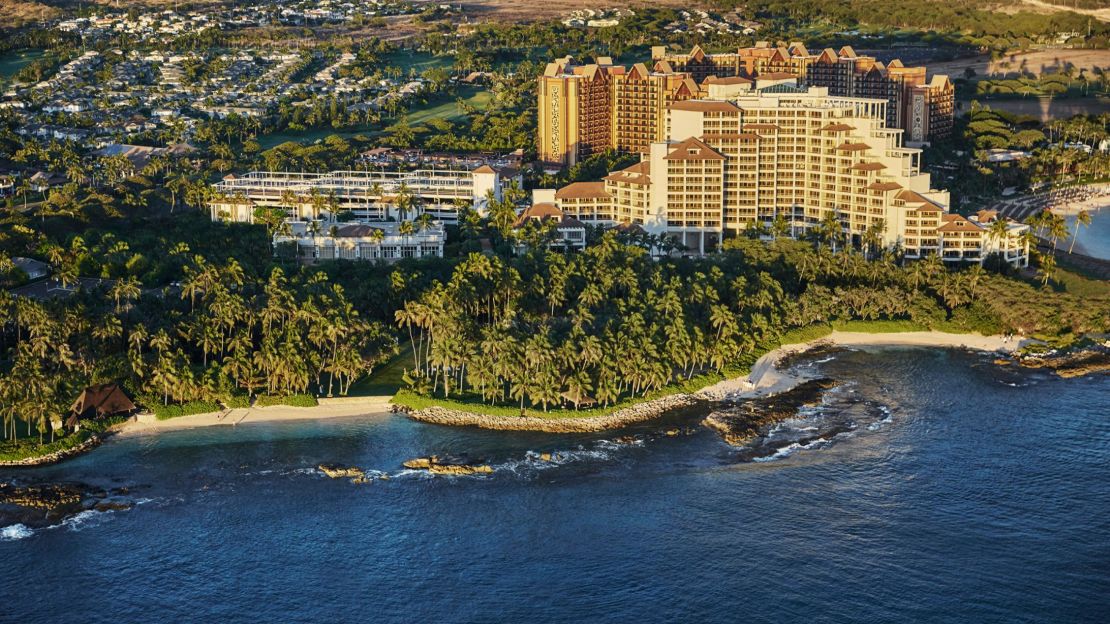
The storytelling begins when you walk into Aulani’s open-air lobby and are greeted not just with a flower lei but by a striking 200-foot mural painted by Hawaiian artist Martin Charlot, one of more than 80 local artists whose work is displayed across the resort.
The lobby’s curved arch frame – a shape found in Aulani’s logo and repeated across the property – reflects that of a traditional Hawaiian canoe house, a nod to Hawaii’s voyaging roots.
Global trends in travel have shown an increased emphasis on experiencing local culture, and when it comes to voyaging in particular, there have been two recent moments to push the topic to the forefront, according to Kainoa Daines, cultural advisor for the Hawaii Visitors & Convention Bureau and director of sales for the Oahu Visitors Bureau: Disney’s animated film “Moana” and the voyage of the Hōkūleʻa, a double-hull canoe sailed more than 40,000 nautical miles without the use of modern technology by Hawaiian navigator Nainoa Thompson.
Why tourists want more than a pretty beach
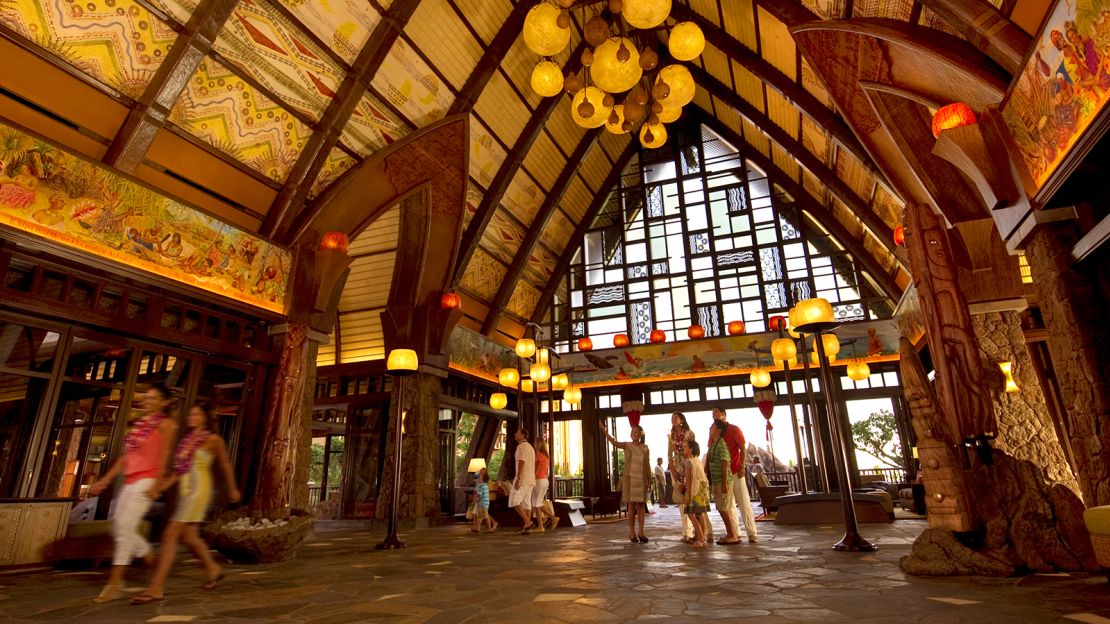
It was voyaging that brought De Santos’ ancestors to Hawaii.
“My people have been born and raised here since the first canoes arrived,” she says with a note of pride. “As we say, we are ‘of the land.’”
She’s relied heavily on her personal story in her role at Aulani, where she oversees the infusion of Hawaiian culture into the resort’s entertainment, staff training, and even merchandise sold in the gift shops.
“My challenge is for us to present things that are of a true origin, that truly speak to our culture and our practices, and the depth of feeling we have for our family and our place in a commercial setting such as a commercial luau, and for it to be taken with that heart,” De Santos says.
A major initiative at Aulani has been its use of the Hawaiian language, which is spoken by just three percent of the islands’ residents. The language is present in place names across the resort, but especially at the ‘Ōlelo Room, a lounge and bar overlooking a koi pond on the edge of the resort’s pool area. Every member of the lounge’s staff is fluent in Hawaiian, and its décor features wood carvings of a variety of common objects labeled with their Hawaiian names.
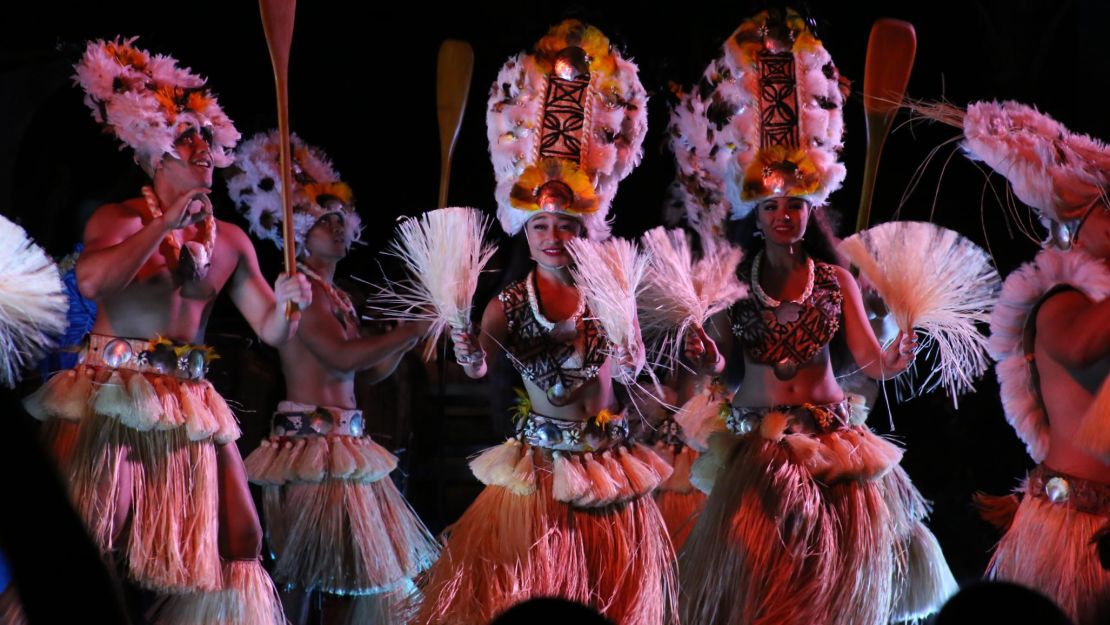
“At every instance we’re encouraging and teaching and coaching our cast members to learn more Hawaiian language, to understand the stories there is and to share that, and this is something that makes an experience at Aulani unique,” De Santos says. “It’s the presence of Hawaiian language, the very fabric of the culture and the story we’re sharing.”
De Santos says the work Disney has done to share Hawaiian culture at Aulani has prompted other properties to take a similar direction.
“There’s been a resetting of priorities and responsibilities,” she says.
Daines has also noted a shift in recent years.
“The local community’s renewed interest in preserving, perpetuating and sharing native Hawaiian culture has resulted in new cultural experiences that are more easily accessible to visitors,” he says. “More and more Hawaii hotels and resorts are putting a lot of thought into perpetuating a sense of place or telling a specific story, whether it’s about the natural environment or about the foundation culture.”
It begins before you arrive
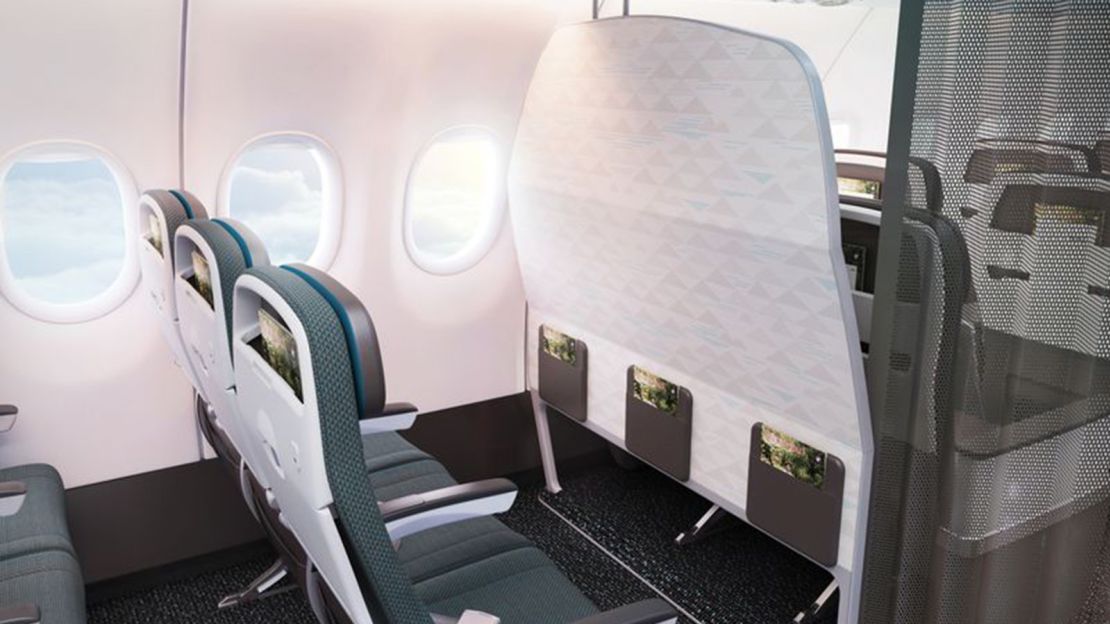
But it’s not just resort properties. Hawaiian Airlines attempts to immerse its customers in all things Hawaiian from the moment they board the aircraft, from Hawaiian language subtitles on the pre-flight safety video to cabin lighting that mimics a tropical sunset.
“Design, especially in Hawaii, is a narrative quality. We spend a lot of time thinking about the stories we wanted to tell,” Avi Mannis, senior VP of marketing for Hawaiian Airlines, told CNN Travel.
With its newly redesigned A321neo aircraft, they have literally woven those stories into the materials onboard, including seat fabrics and dividers that reflect traditional barkcloth and fishing nets.
The airline isn’t just paying lip service to guests. It’s part of its corporate culture. In an effort to promote Hawaiian culture with its employees, especially those who may not be native Hawaiians, the airline offers classes on hula and Hawaiian language classes as a work perk.
“We feel a sense of responsibility to do that,” Mannis said. “We are the flag carrier for the state of Hawaii and see ourselves as ambassadors of authentic Hawaii to the rest of the world.”
Hawaiian culture has been wholly embraced by Four Seasons Resort Oahu at Ko Olina, in its second year of operation. The first thing guests see upon entering the lobby is the A’a, a racing canoe on loan from Honolulu’s Bishop Museum.
Carved from a native koa tree, the canoe was commissioned in 1902 by Prince Jonah Kūhiō, a member of the Hawaiian royal family, and was considered one of the fastest canoes of its time. They have also hosted special events on the subject of voyaging. In January, while the Hōkūleʻa was docked at the nearby Ko Olina Marina, the Four Seasons hosted Thompson for talk on his journey that was attended by 300 members of the community and hotel guests.
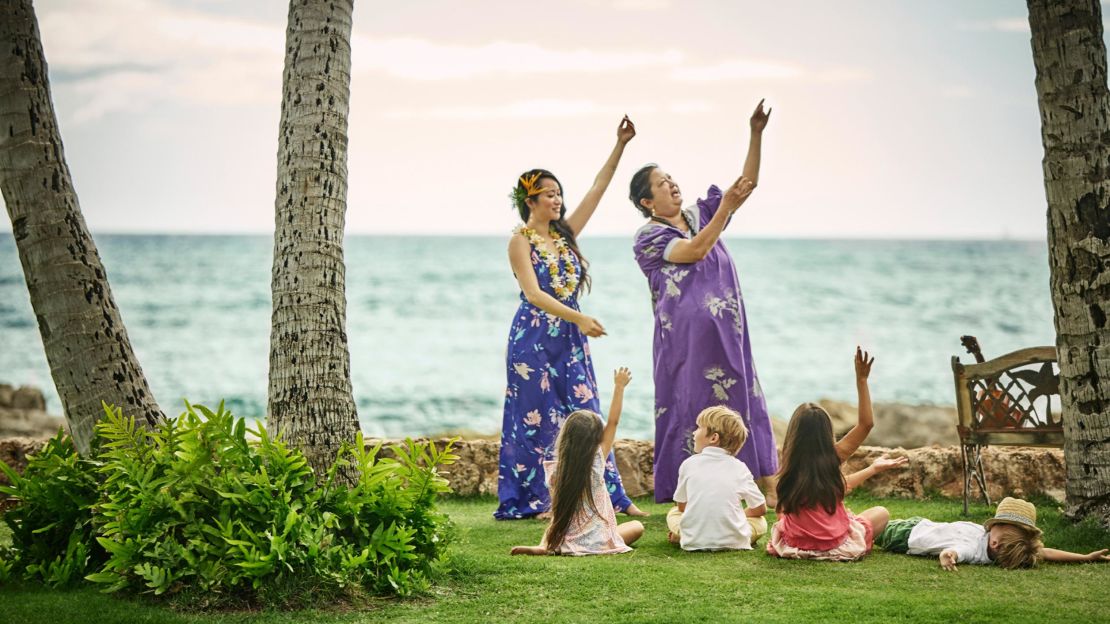
“In many ways, as a new resort, we set out to rediscover Hawaiian culture, sharing a dream that has brought people together for thousands of years,” says Sanjiv Hulugalle, the resort’s general manager. “We invite [guests] to venture out and explore uncharted areas of their own. The experience, we hope, will be life-changing.”
Hulugalle helped introduce #FSWayfinders, a series of activities that offers guests the opportunity to connect with local artisans to make jewelry using rare shells from the island of Ni’hau, learn weaving with a local practitioner, or take ukulele lessons with Roy Sakuma, a local musician and founder of Ukulele Festival Hawaii, now entering its 48th year.
For guests open to a more spiritual experience, La’akea Perry, a master teacher in the art of hula, consulted with the local kapuna, or elders, for their blessing to lead a hike to Kaena Point, Oahu’s westernmost point that is inaccessible by vehicle.
Its shoreline is considered a sacred place and is said to be where the souls of ancient Hawaiians would jump off to join their ancestors in the spirit world. There, Perry leads guests in a chant paying respect to the land and in the performance of a hula that tells a story of Pele, the Hawaiian goddess of fire, and her sister Hi’iaka.
When the simplest way is the best
It’s these simple experiences – being outside and with nature, telling a story – that have resonated the most with guests.
At Aulani, De Santos says it’s the resort’s most old-fashioned entertainment offering that has had the biggest impact: fireside storytelling. Each evening as the sun lowers over the horizon, Uncle comes to the beachside fire pit to share Hawaiian stories and folklore.
“Something viewed by some at the opening [of the resort] as so seemingly simple that they questioned if guests would really be attracted to sitting down and listening to a story,” she says. “But indeed, they are. I am!”
And, because it’s a Disney resort, Uncle occasionally has a special guest — Moana. The Disney princess visits the fire pit to help Uncle tell the story of how Maui lassoed the sun and share her own voyaging tale.
Valerie Marino is a journalist and Disney parks enthusiast based in Durham, North Carolina.












